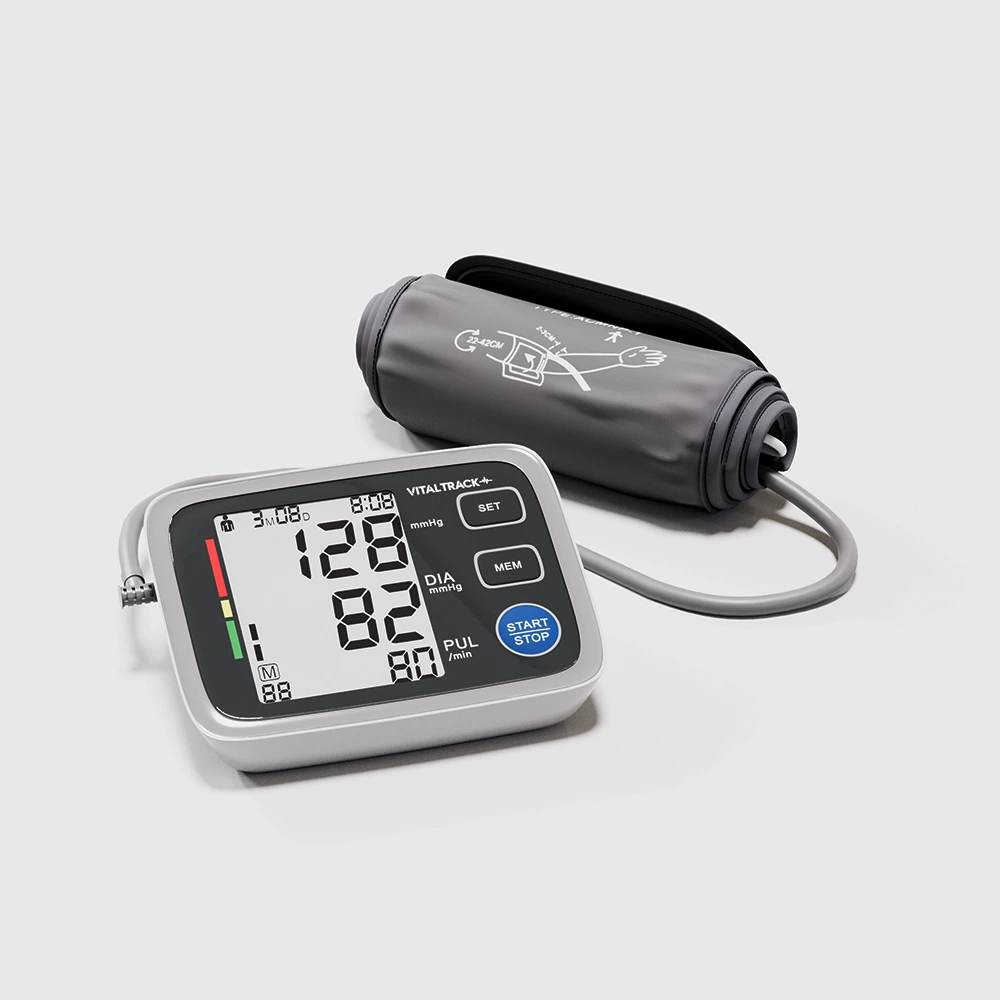In the ever-evolving landscape of healthcare technology, Digital Blood Pressure Monitors have emerged as an essential tool for both medical professionals and individuals seeking to monitor their blood pressure at home. These innovative devices have transformed the way we measure and manage blood pressure, providing convenience, accuracy, and crucial insights into cardiovascular health. In this comprehensive guide, we explore the world of Digital Blood Pressure Monitors, shedding light on their significance, features, and the impact they have had on modern healthcare.
Understanding Digital Blood Pressure Monitors
What is a Digital Blood Pressure Monitor?
A Digital Blood Pressure Monitor, often referred to as an electronic sphygmomanometer, is a medical device designed to measure blood pressure quickly and accurately. Unlike traditional manual blood pressure cuffs, digital monitors employ advanced technology to display blood pressure readings digitally.
Key Features of Digital Blood Pressure Monitors
Digital Blood Pressure Monitors offer a range of features that set them apart in the realm of blood pressure measurement:
- Accuracy: These monitors provide precise blood pressure readings, reducing the margin of error associated with manual measurements.
- User-Friendly: They are designed with user-friendliness in mind, often featuring large, easy-to-read displays and one-touch operation.
- Memory Function: Many digital monitors store multiple readings, allowing users to track their blood pressure trends over time.
- Hypertension Indicators: Some models include hypertension indicators, alerting users to potential high blood pressure.
- Irregular Heartbeat Detection: Advanced monitors can detect irregular heartbeats, providing valuable information about cardiovascular health.
Applications in Healthcare
Clinical Use
Digital Blood Pressure Monitors have become indispensable tools in clinical settings, used by healthcare professionals to monitor patients’ blood pressure during medical examinations, surgeries, and hospital stays. Their accuracy and ease of use have made them a standard in healthcare facilities worldwide.
Home Blood Pressure Monitoring
One of the most significant advancements in blood pressure management is the availability of digital monitors for home use. Individuals with hypertension or other cardiovascular conditions can now monitor their blood pressure regularly, empowering them to take control of their health and consult healthcare providers when needed.
Telehealth and Remote Patient Monitoring
The rise of telehealth and remote patient monitoring has been complemented by the use of Digital Blood Pressure Monitors. Patients can transmit their blood pressure readings to healthcare providers, enabling timely adjustments to treatment plans and reducing the need for frequent in-person visits.
Innovations in Digital Blood Pressure Monitors
Wireless Connectivity
Modern Digital Blood Pressure Monitors often feature wireless connectivity options, allowing users to sync their readings with smartphones or computers. This data can be easily shared with healthcare providers, facilitating remote monitoring and telemedicine consultations.
Wearable Blood Pressure Monitors
Innovations in wearable technology have led to the development of wearable blood pressure monitors. These compact devices can be discreetly worn throughout the day, providing continuous blood pressure monitoring without the need for frequent cuff inflation.
Conclusion
Digital Blood Pressure Monitors have revolutionized blood pressure measurement and management, bringing accuracy and convenience to healthcare professionals and individuals alike. Their role in clinical settings, home monitoring, and telehealth applications has transformed the way we approach cardiovascular health. With ongoing innovations in connectivity and wearable technology, Digital Blood Pressure Monitors will continue to play a crucial role in the future of healthcare, promoting early detection and proactive management of hypertension and other cardiovascular conditions.
FAQs (Frequently Asked Questions)
Q1: Are Digital Blood Pressure Monitors accurate?
Yes, Digital Blood Pressure Monitors are known for their accuracy, with many models offering precise measurements comparable to manual readings.
Q2: Can I use a Digital Blood Pressure Monitor at home?
Absolutely. Many Digital Blood Pressure Monitors are designed for home use, allowing individuals to monitor their blood pressure regularly in the comfort of their homes.
Q3: How often should I check my blood pressure with a digital monitor?
The frequency of blood pressure checks depends on your healthcare provider’s recommendations and your specific health condition. It’s essential to follow your healthcare professional’s guidance.
Q4: Do digital monitors require calibration?
Most digital monitors do not require calibration, but it’s essential to follow the manufacturer’s instructions for proper use and maintenance.
Q5: Are there any specific guidelines for using a Digital Blood Pressure Monitor?
To ensure accurate readings, follow the guidelines provided by the monitor’s manufacturer and any instructions from your healthcare provider. It’s essential to use the correct cuff size and maintain proper positioning during measurements.

